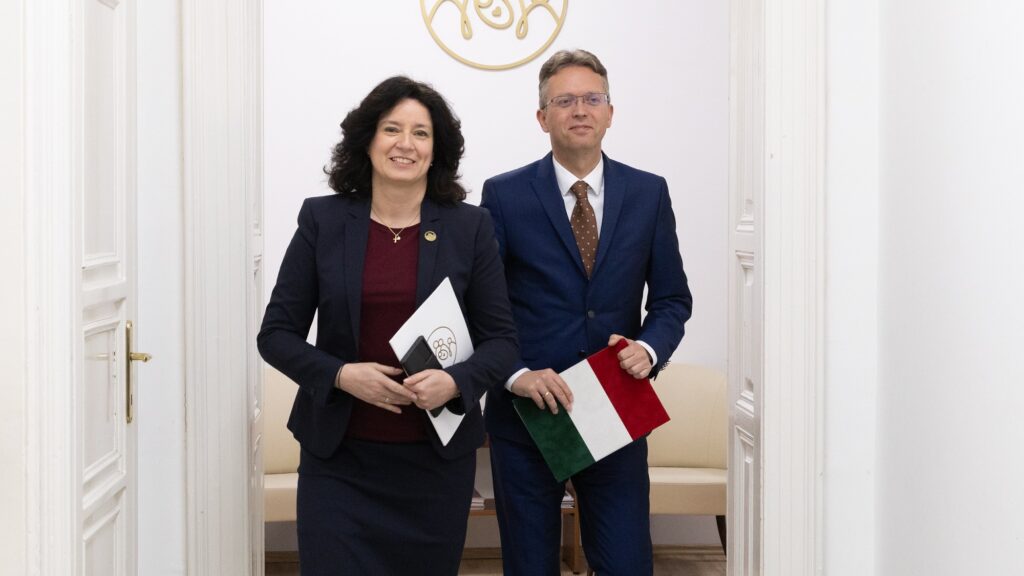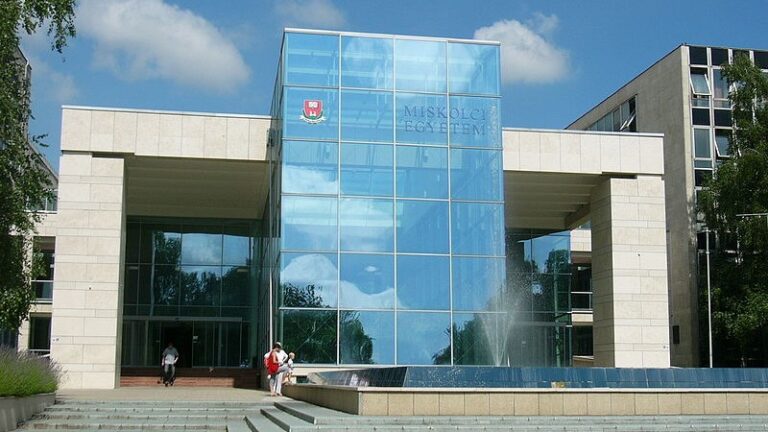In 1993 the United Nations proclaimed 15 May to be the International Day of Families. The Day is an opportunity to raise awareness about the importance of healthy families, as well as reviewing the demographic, social and economic tendencies effecting the most important micro unit of our society.[1] In Hungary, over the last couple of years, the government has dedicated a lot of attention to family policy. As a result—in terms of GDP—Hungary spends more on families than other parts of the European Union. In 2017 3.57 per cent of the Hungarian GDP was devoted to family policy, while in the same year only 2.6 per cent of Austrian, 2 per cent of Slovakian and 1.61 per cent of Polish GDP was spent on families.[2]
The policies introduced since 2010 to support families are far reaching. The government subsidizes interest rates on mortgage loans (to buy, build and renovate houses and flats) for families with children and also substantially decreased the down payment required to contribute to mortgage.[3] In 2015, Fidesz introduced the Family Housing Allowance Program (Családi Otthonteremtési Kedvezmény / CSOK) which provides support to families with children to buy their own homes, while some of the mortgage debt of families with children was forgiven. In 2018 the government repaid the student debt of families with three or more children, and later on the personal income tax of women with four or more children was completely abolished. To further support raising children in Hungary, the quality and availability of nurseries and kindergartens was substantially improved. The government also introduced free meals in public education, which intended to directly address financial needs of the poorest families in the country. These are only a couple of policies introduced by the government, over the last 12 years many more benefits, tax cuts and programmes were created to support families.
Divorces decreased from 24 thousand to 15 thousand over the last ten years (2010–2020)
The policy did bring about favourable processes and promising changes in demographic tendencies. Divorce rates have reached a bottom never seen since the 1950s. Divorces decreased from 24 thousand to 15 thousand over the last ten years (2010–2020). The decrease in divorce rate was 14 per cent compared to the previous year in 2020. On the other hand, there is an increasing tendency to consolidate relationships by tying the knot. In 2020 marriage rates were similarly high as in 1986 and 3.1 per cent higher than in the previous year. Abortion numbers also decreased, from 40 thousand to 24 thousand between 2010 and 2020.[4] In 2020 the birth rate was 3.4 per cent higher than in the previous year. More children are born into married families then before. Out of wedlock childbirths in Hungary reached their peak in 2015, when around 48 per cent of children were not born into married families. By 2020 this tendency was reversed, 70 per cent of children were born into married families. In one year (2020) the percentage of children born into married families increased by 18 per cent.[5]
Overall, the family policy has considerable successes, even if it did not manage to stop the general population decline. On the one hand, the policy managed to stop the decline in fertility rates, which characterized Hungary since the 1980s. The last time in Hungarian history, when married couples had more than two children on average was in 1979, while fertility rate in Hungary was permanently above 2 only in the 1950s. As a result, the last couple of decades was characterized by a population decline. Since 2011 fertility rates are no longer decreasing in Hungary – that is, fertility rate increased from 1.23 (lowest ever in Hungarian history) to 1.56. Putting this piece of data into context, fertility rate in Poland in 2020 was 1.44, in Austria 1.55 and in Slovakia 1.53. Despite the achievement of moderately increasing the fertility rate, the permanent population decrease in Hungary could not be stopped; for that, fertility rate would have to be permanently over 2.
Hungary’s family policy has also received severe criticism. The criticism raised against the policy (besides the policy’s exclusive focus on the nuclear family) is that it benefits the better-off families more than the families most in need.[6] For instance, to access the maximum amount of tax benefits the income of the family needs to be above HUF330,000 (USD965); half of the families earn less than this amount, so – while they also benefit from the tax benefit – they benefit to a lesser extent. Some argue that those who earn above the average wage in Hungary can take four time the benefits than what those families can claim who earn substantially below the average wage.[7] Critics further outlined the gendered aspect of this question, since men tend to earn more than women, therefore, men gain more from these tax benefits. In short, the main criticism of the policy is its emphasis on tax cuts and benefits (therefore, making the size of support dependent upon the family’s earned income) instead of increasing direct monetary payments, which was the earlier practice.

Source: Gábor Kovács, ‘Górcső alatt a NER családpolitikájának 12 éve: harc a lehetetlennel’, Hvg (18.10.2021),https://hvg.hu/gazdasag/20211018_A_NER_csaladpolitikajanak_legnagyobb_sikere_a_magyarok_hazasodnak_mint_a_nyulak, accessed 20.04.2022.
[1] ’2021 Theme: Families and New Technologies’, United Nations, https://www.un.org/en/observances/international-day-of-families, accessed 20.04.2022.
[2] Bence Horváth, ’Kettészakadt a magyar családpolitika: a tehetősebbekre öntik a pénzt, a szegényebbeket egyre inkább magukra hagyják’, 444.hu, (2017), https://444.hu/tldr/2017/12/04/ketteszakadt-a-magyar-csaladpolitika-a-tehetosebbekre-ontik-a-penzt-a-szegenyebbeket-egyre-inkabb-magukra-hagyjak, accessed 20.04.2022.
[3] ‘Az Orbán-kormány 12 éve folyamatosan növeli a családok támogatását’, Origo, (2022), https://www.origo.hu/itthon/20220208-mit-tett-2010-ota-a-magyar-csaladokert-a-kormanyzat.html, accessed 20.04.2022.
[4] ‘Az Orbán-kormány 12 éve folyamatosan növeli a családok támogatását’, Origo, (2022), https://www.origo.hu/itthon/20220208-mit-tett-2010-ota-a-magyar-csaladokert-a-kormanyzat.html, accessed 20.04.2022.
[5] Népmozgalom, 2020, KSH, (2020), https://www.ksh.hu/docs/hun/xftp/idoszaki/nepmozg/nepmozg20/index.html#cskkentavlsokszma, accessed 20.04.2022.
[6] Gábor Kovács, ‘Górcső alatt a NER családpolitikájának 12 éve: harc a lehetetlennel’, Hvg, (2021), https://hvg.hu/gazdasag/20211018_A_NER_csaladpolitikajanak_legnagyobb_sikere_a_magyarok_hazasodnak_mint_a_nyulak, accessed 20.04.2022.
[7] Bence Horváth, ‘Kettészakadt a magyar családpolitika: a tehetősebbekre öntik a pénzt, a szegényebbeket egyre inkább magukra hagyják’, 444.hu, (2017), https://444.hu/tldr/2017/12/04/ketteszakadt-a-magyar-csaladpolitika-a-tehetosebbekre-ontik-a-penzt-a-szegenyebbeket-egyre-inkabb-magukra-hagyjak, accessed 20.04.2022.








